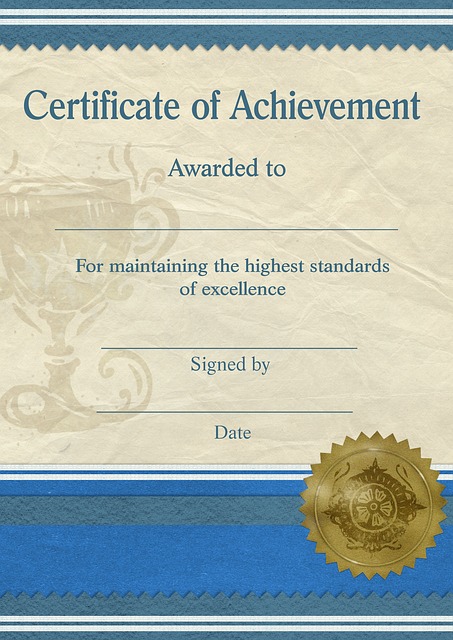Sometimes the toughest part of your job is not the work…it is the people. The mixture of personalities and individual differences can cause conflicts. In the workplace, conflict causes a significant degree of frustration, discomfort, sadness, anger, and pain. It is a different story when the conflict is between you and your boss.
Where your boss is concerned, you want to be sure to apply plenty of finesse. It is crucial that you remain calm and objective. There is nothing to be gained and much to lose by getting angry and being disrespectful. You may not be able to see each other eye-to-eye, but you will have shared thoughts by further nurturing your relationship. Thay being said, here are some tips you can apply to handle the conflicts with your boss:
#1: ACKNOWLEDGING AND RESPECTING AUTHORITY
Put all your energy into understanding and empathizing with the management’s point of view. Ask open-ended questions until you fully understand where your boss is coming from. Resolution begins with respecting each other’s point of view.
#2: RE-DIRECT THE DISCUSSION
Find a common ground that makes sense for you, your boss, and the organization. Stay on this topic until you identify a mutually beneficial outcome that you can work towards to.
#3: ASK FOR HELP
An honest, sit-down conversation is more likely to yield a thoughtful response than an emotional exchange sandwiched between meetings. Unless it is an emergency, you can ask your boss for an appointment so that you will have time to gather your thoughts. It is best to approach your boss with a calm and collected attitude to get your point across and to ask for necessary help.
#4: KNOW YOUR TIMING
Timing is essential when approaching your boss about issues and other combative events. You may be the perfect target for a feisty exchange if he or she just had a major setback.
Know your timing! Try to avoid addressing conflicts before lunch when hunger might distort reason or just before the end of shift when everyone is eager to go home.
#5: ASK IF YOU CAN SHARE YOUR VIEWPOINT
Once you are given permission to discuss your concern, be clear and compelling. Link your perspective to what matters most to your boss, the organization, and your common goal. If your boss is not (physically and emotionally) available to talk, reschedule the discussion when the dust settles.

Image Credits: pixabay.com










